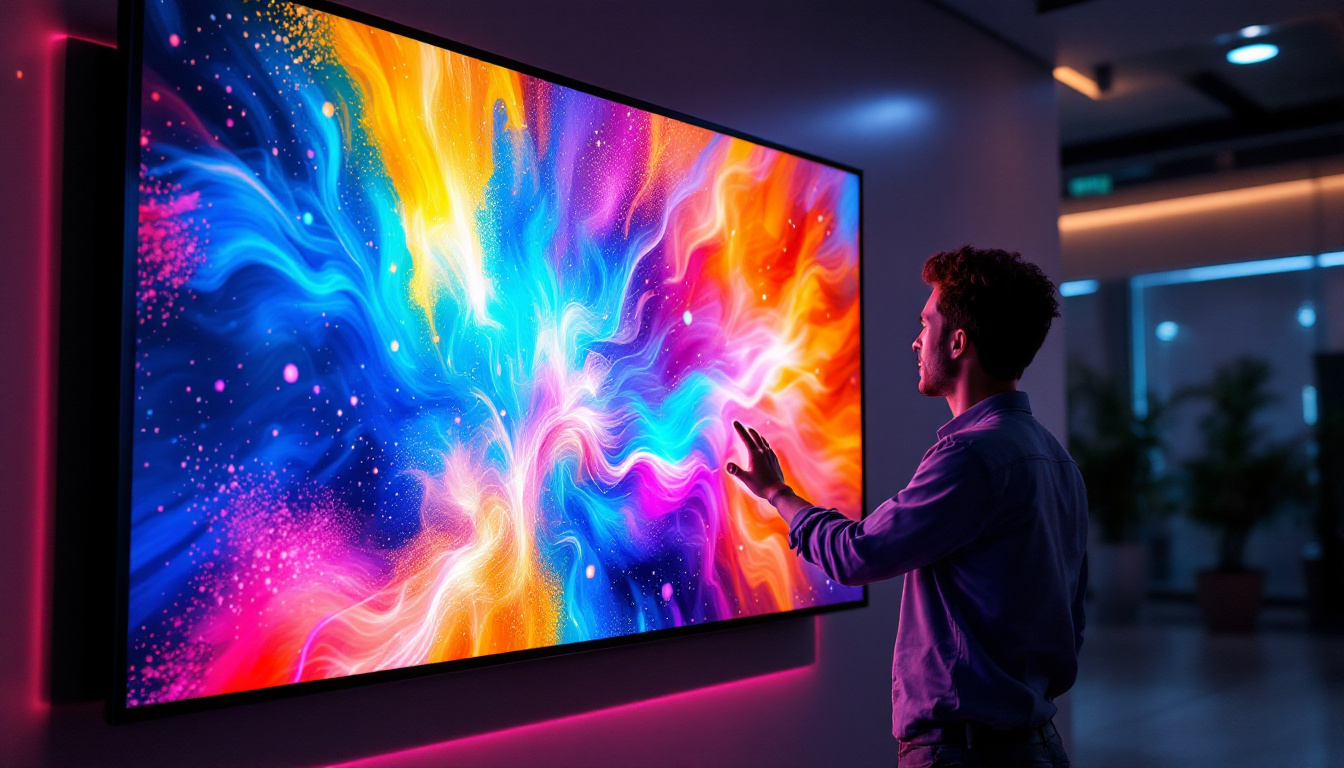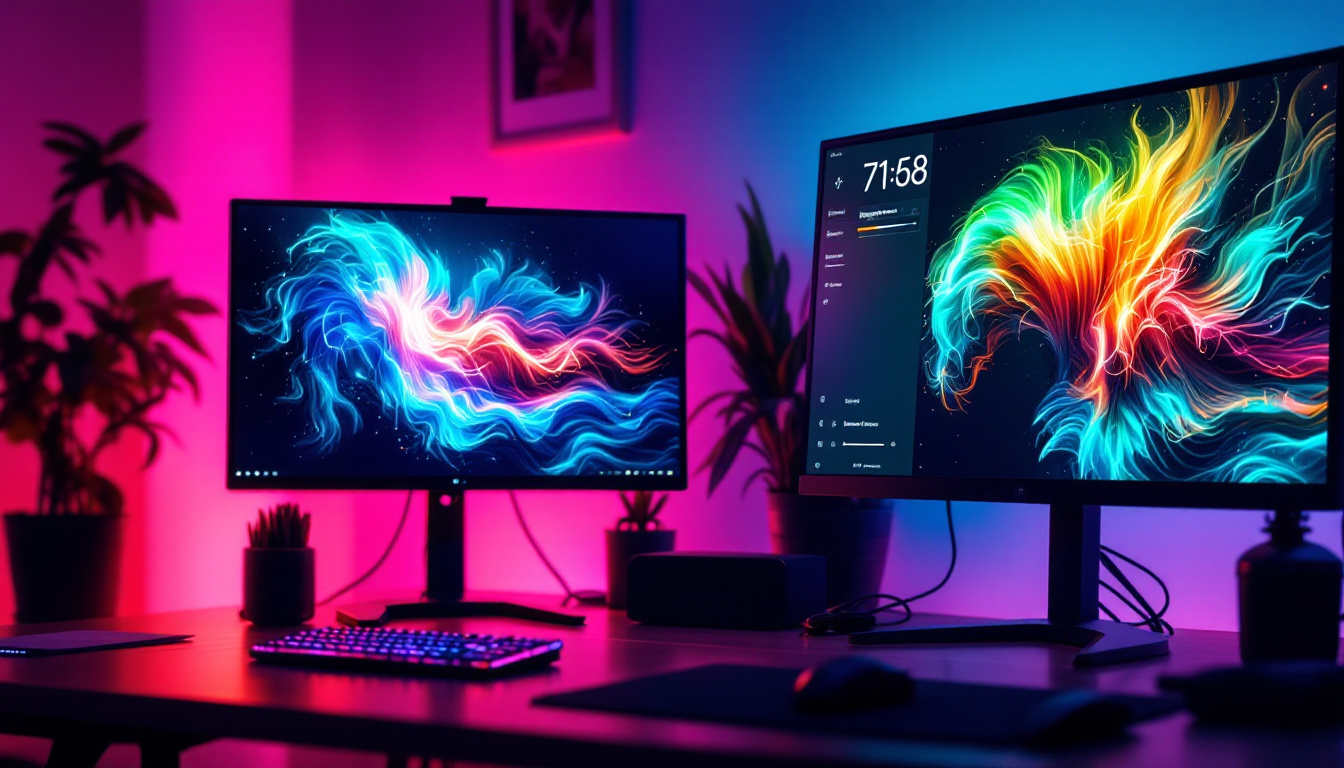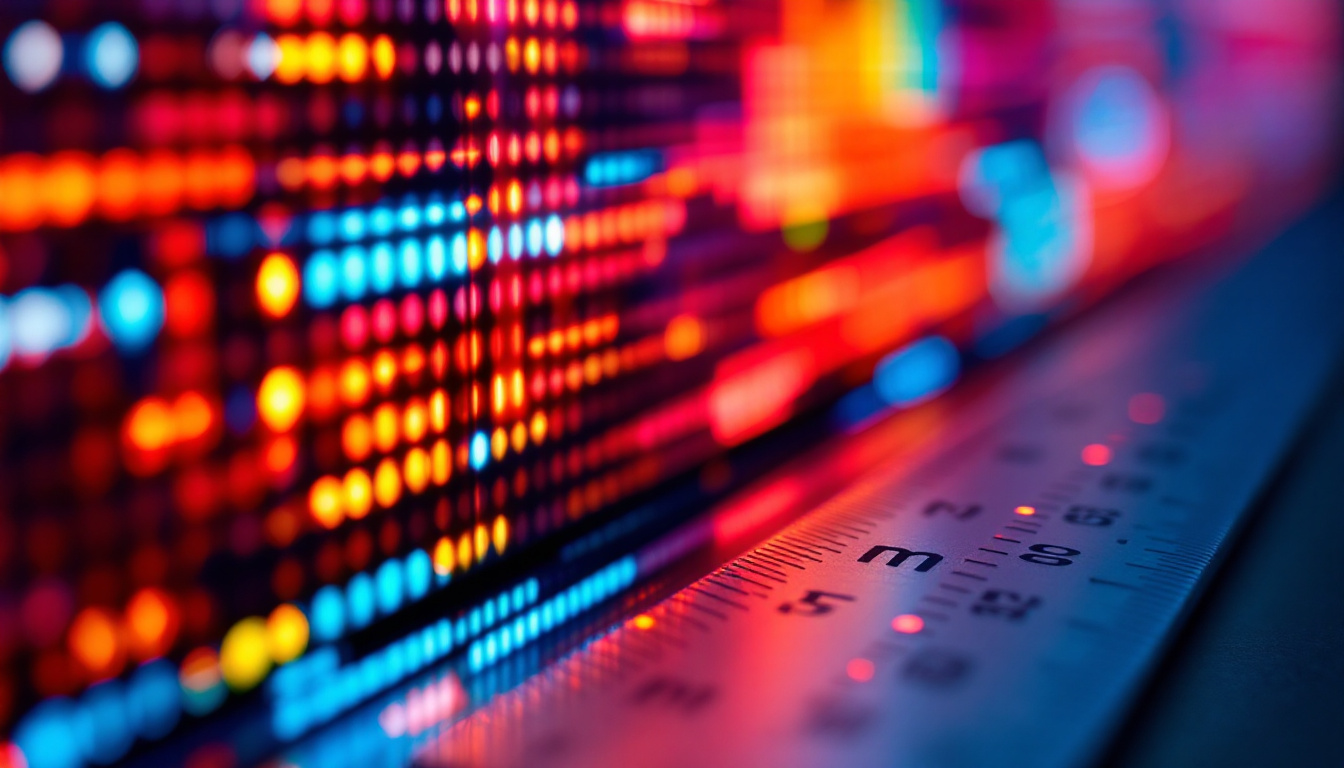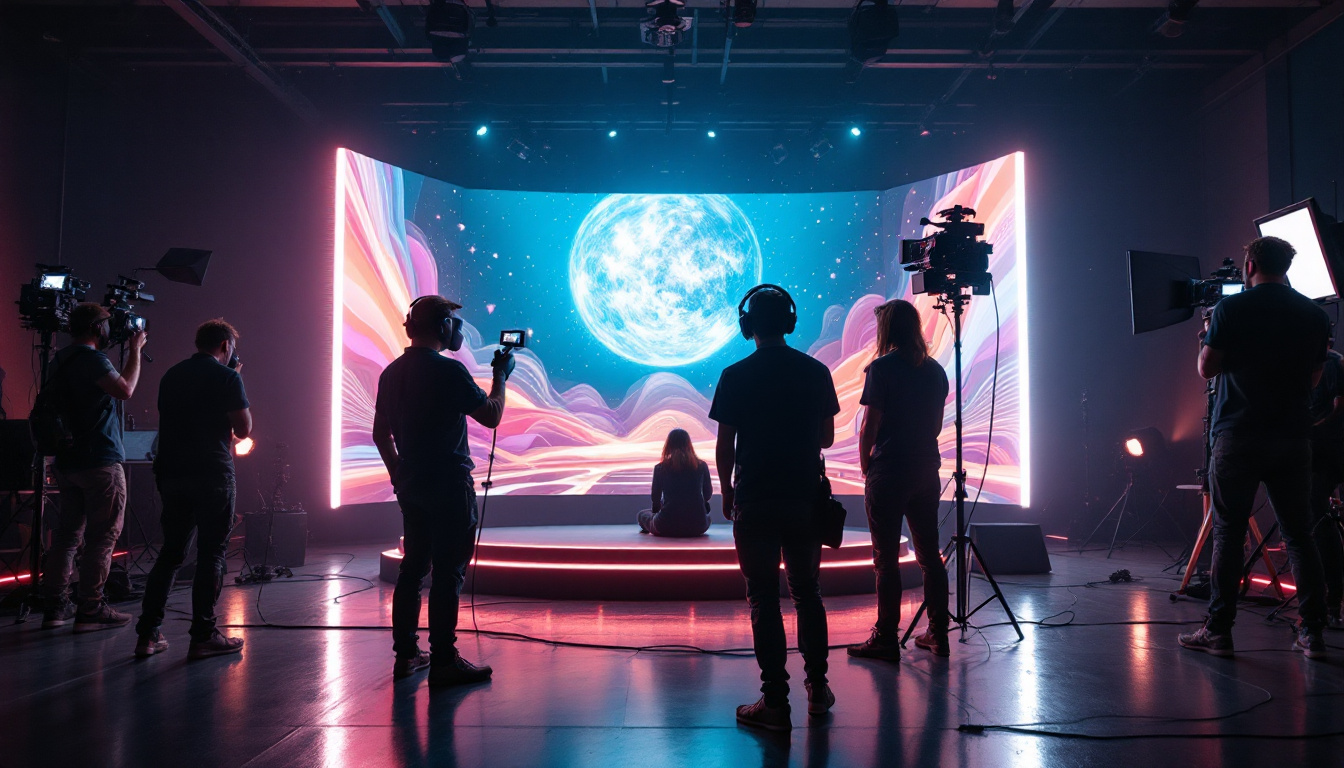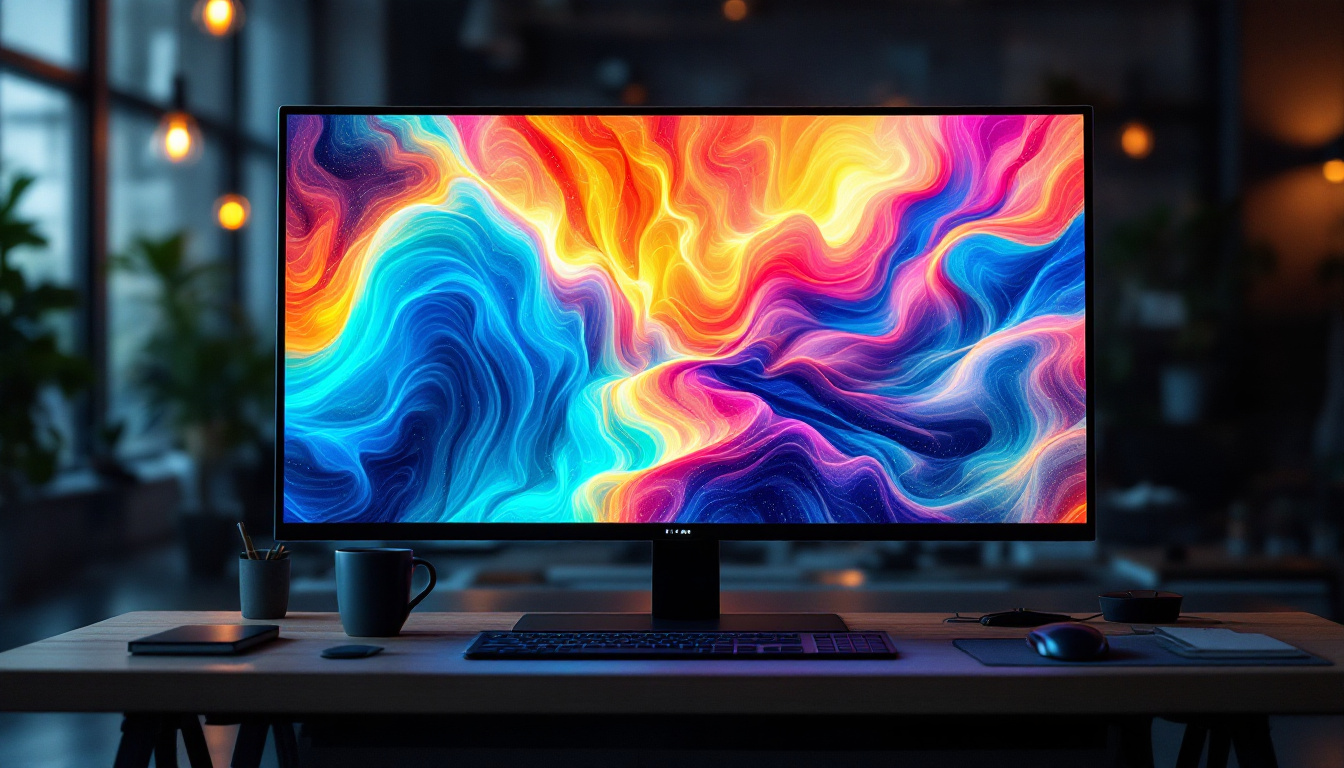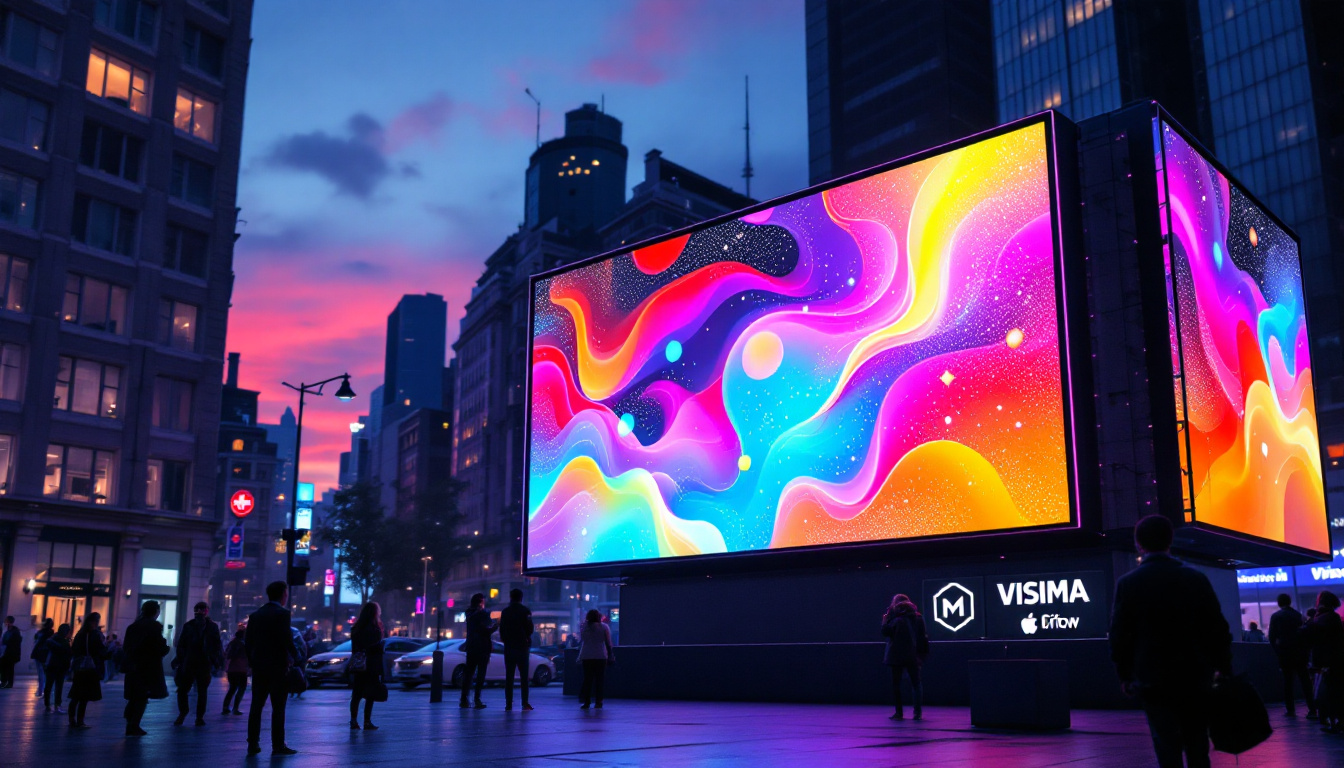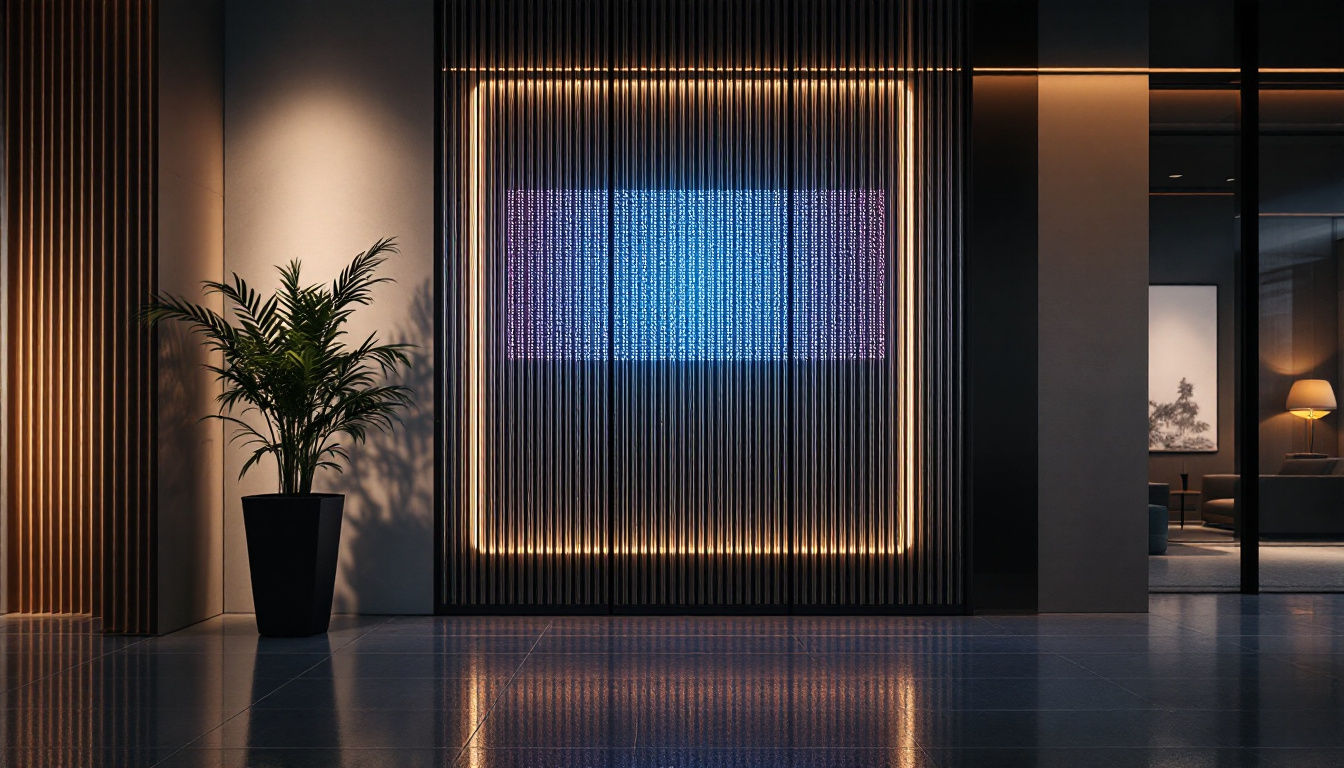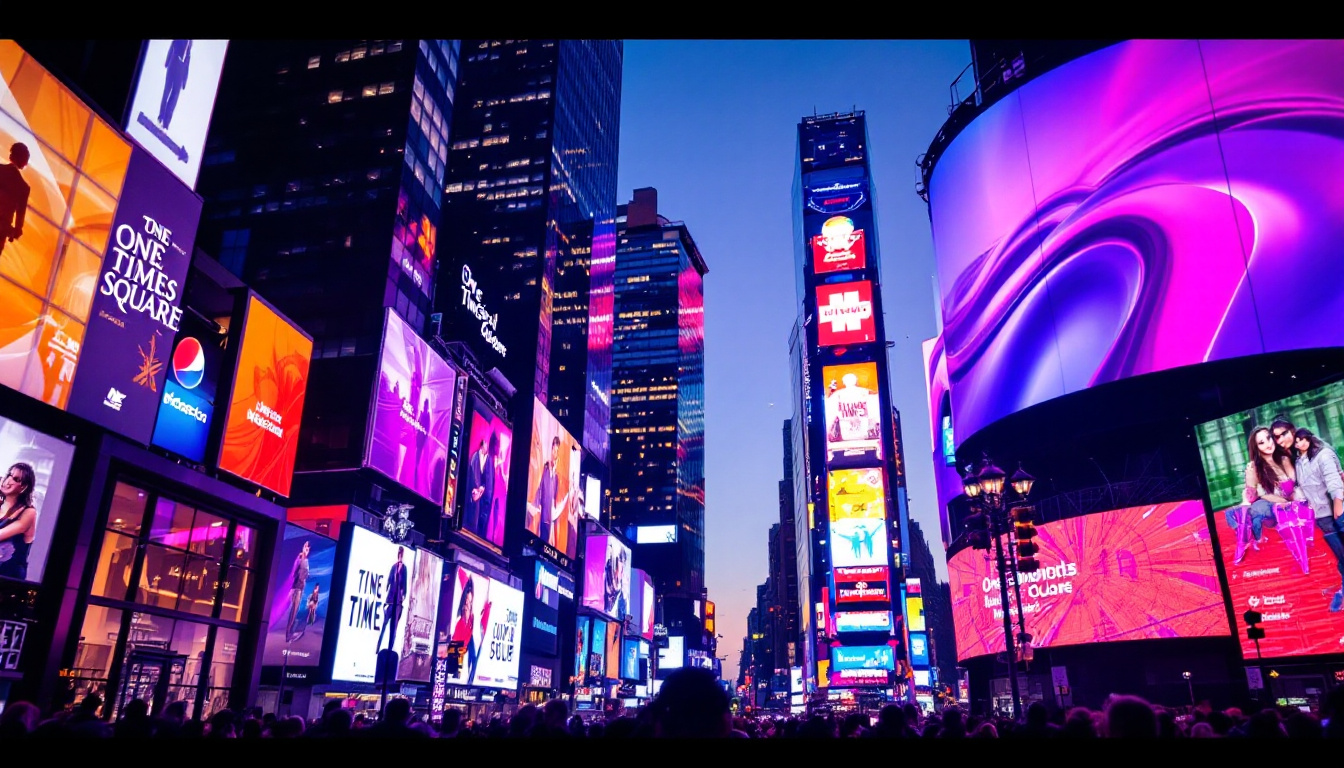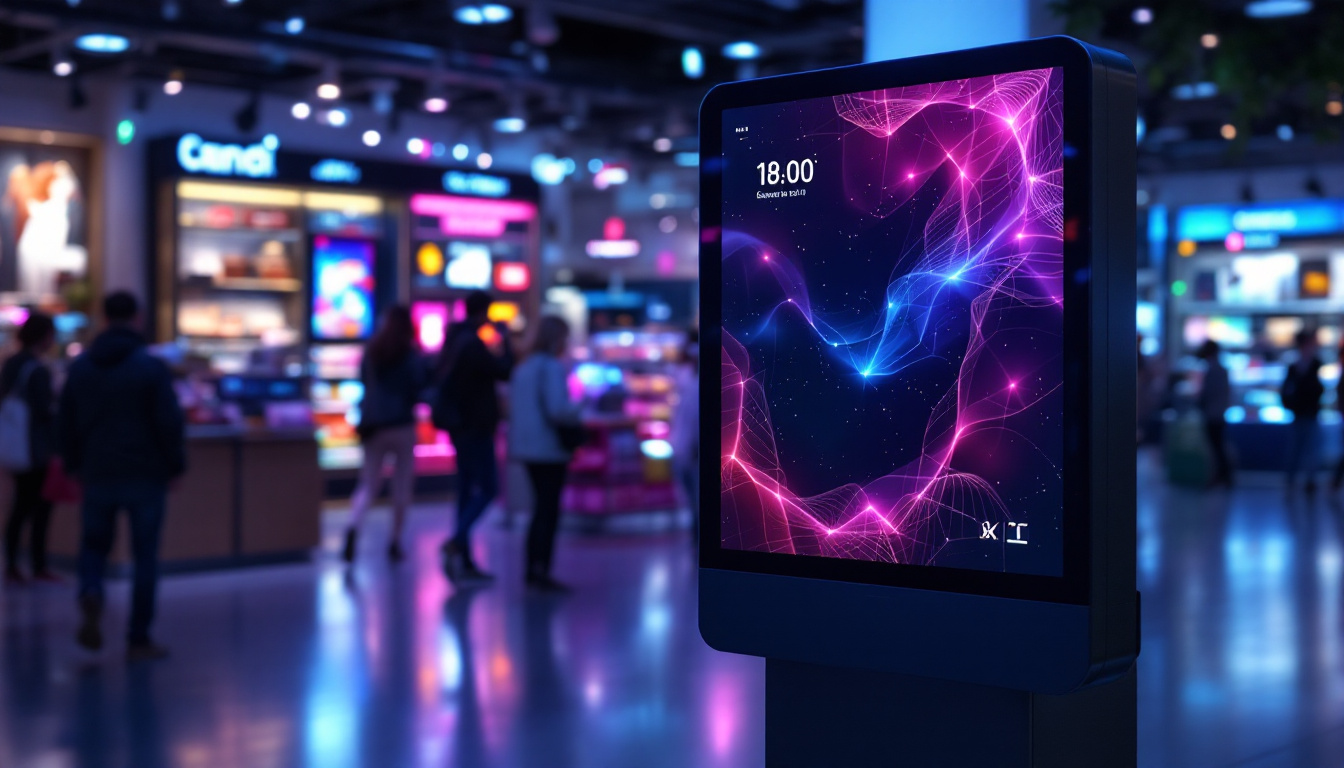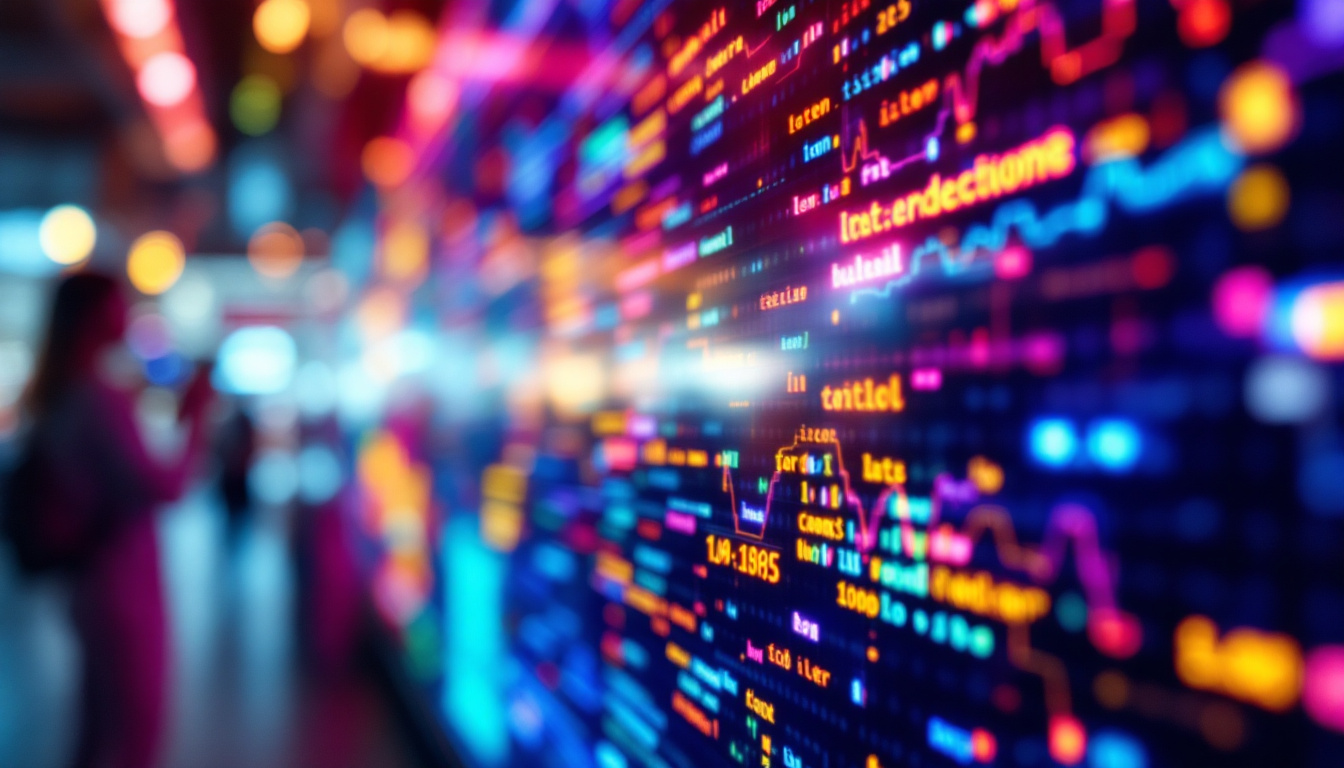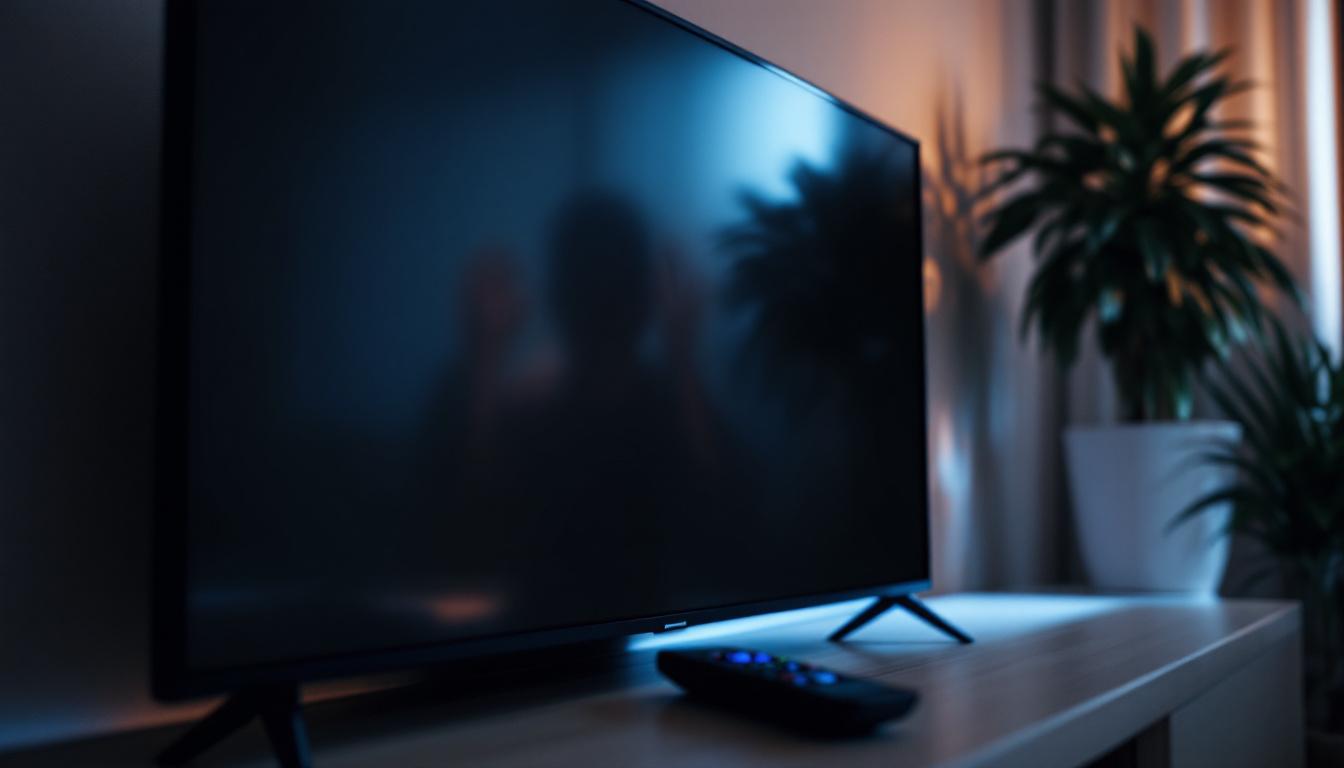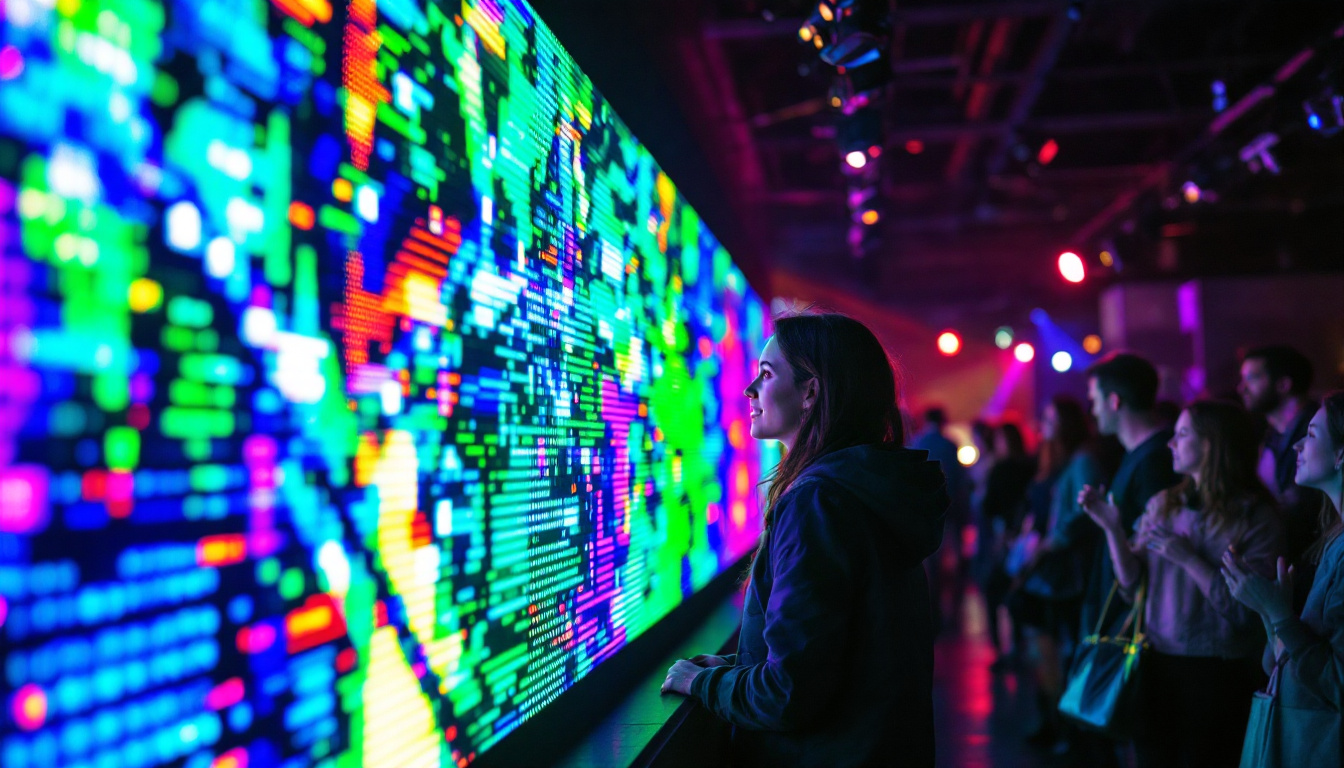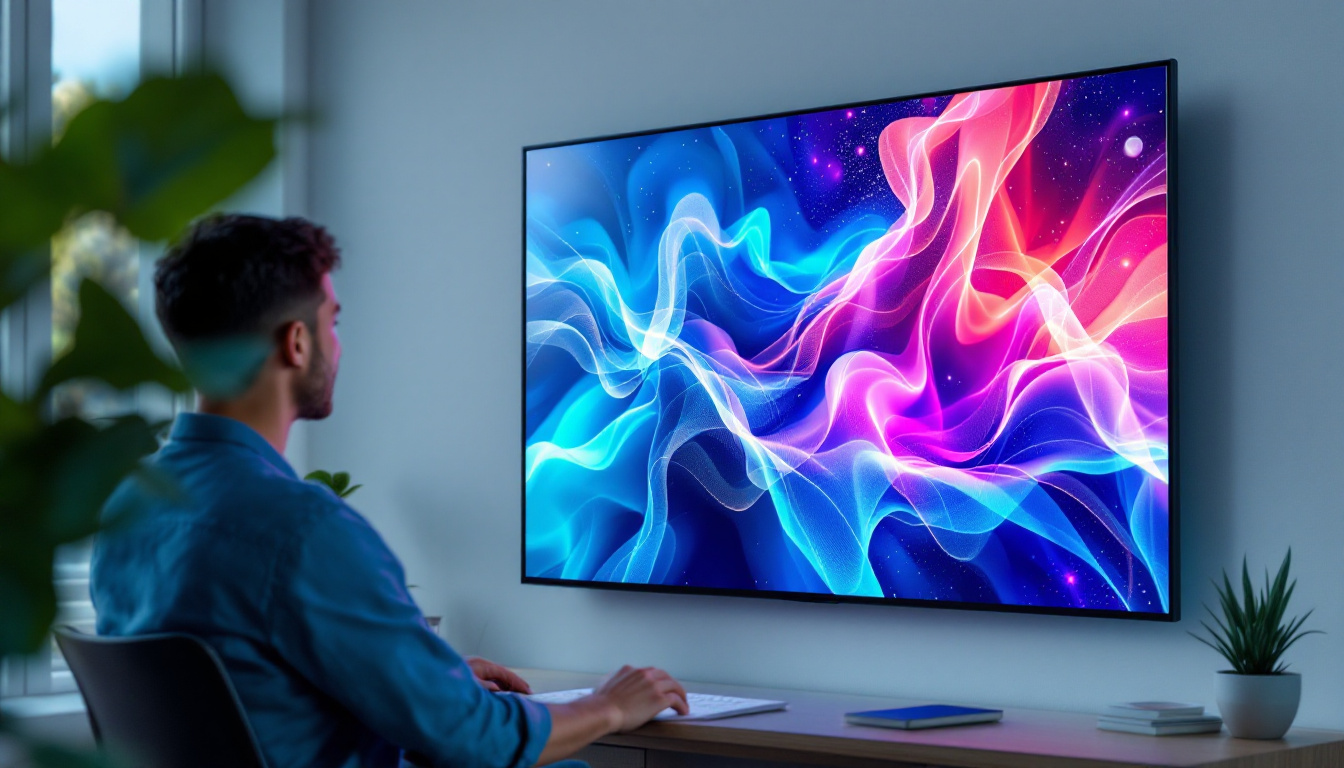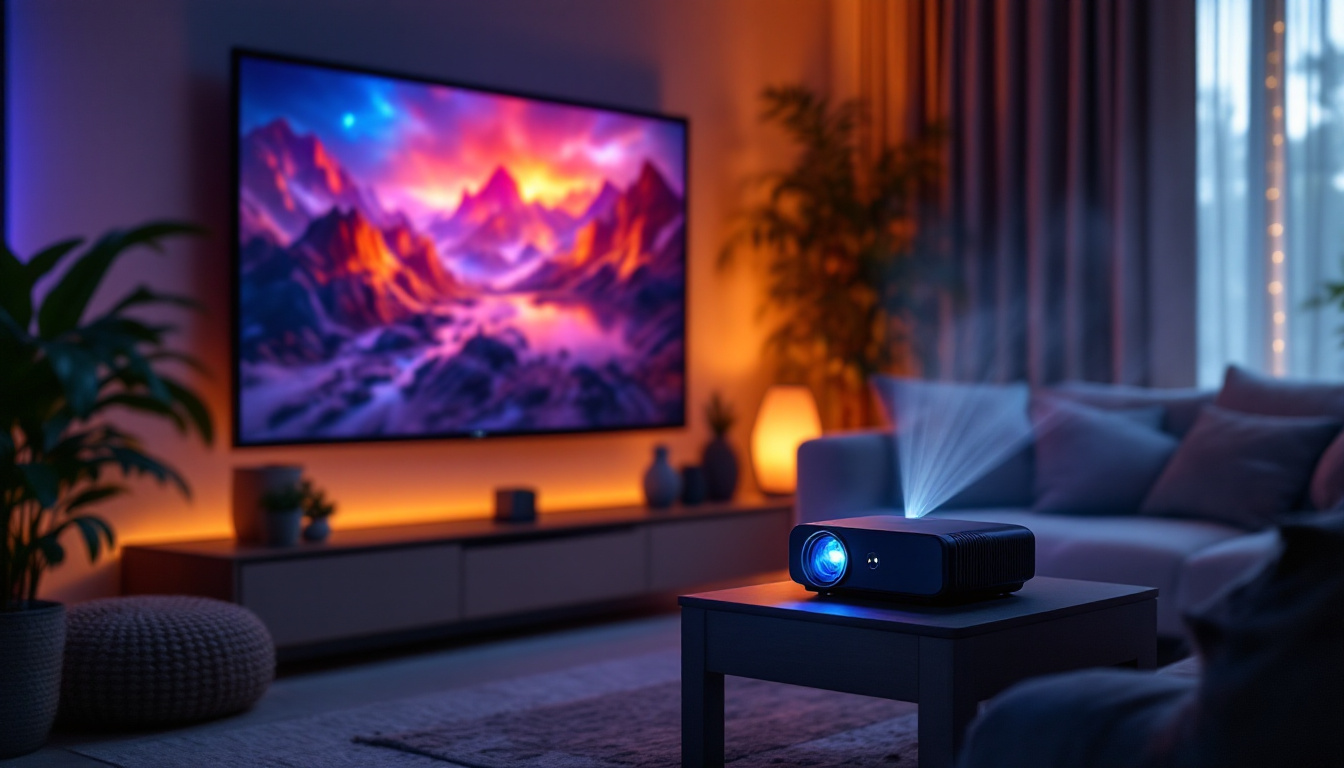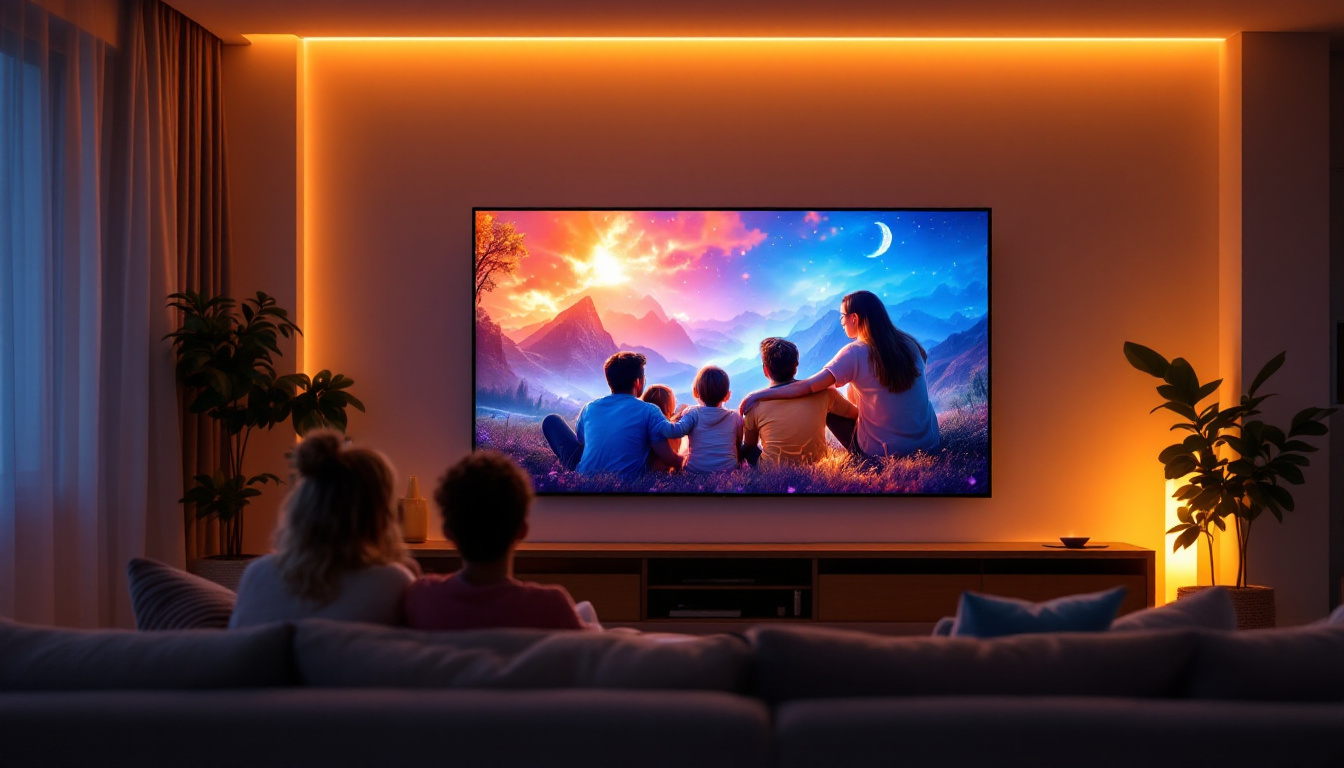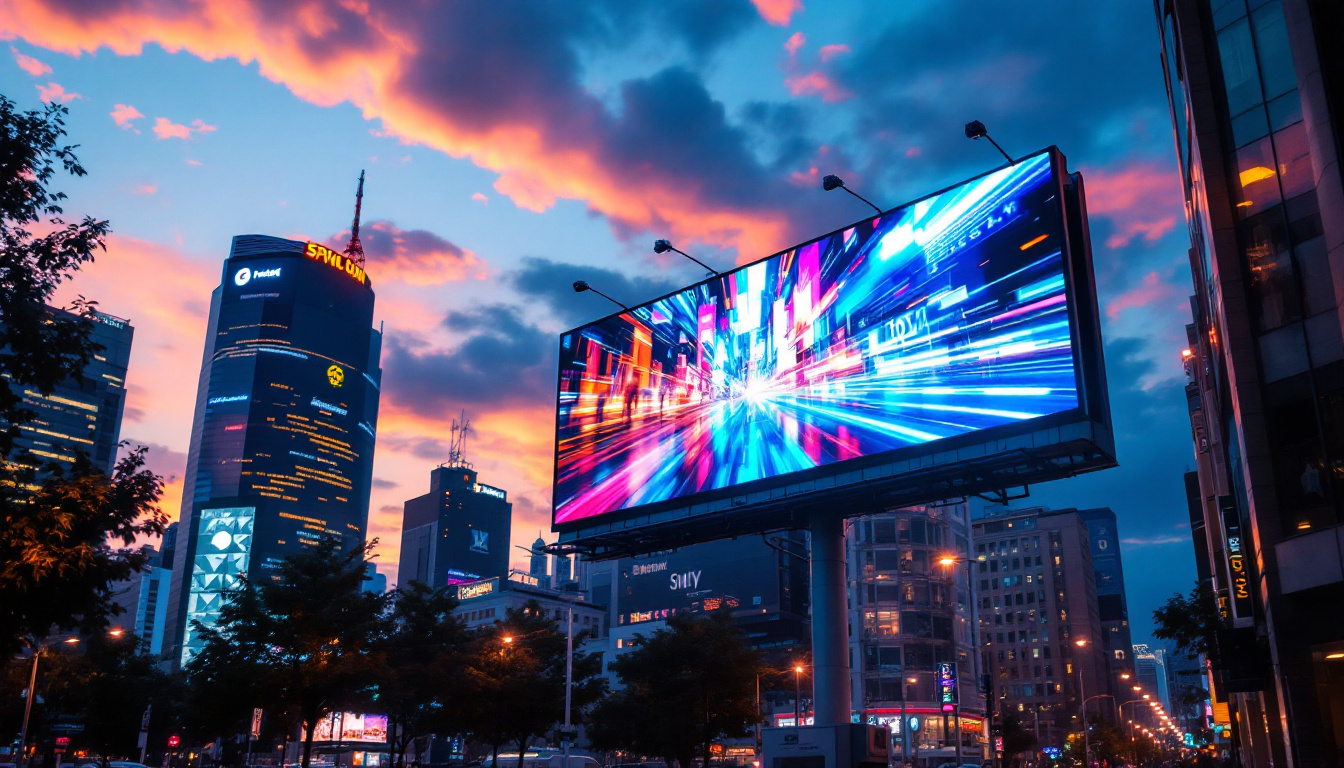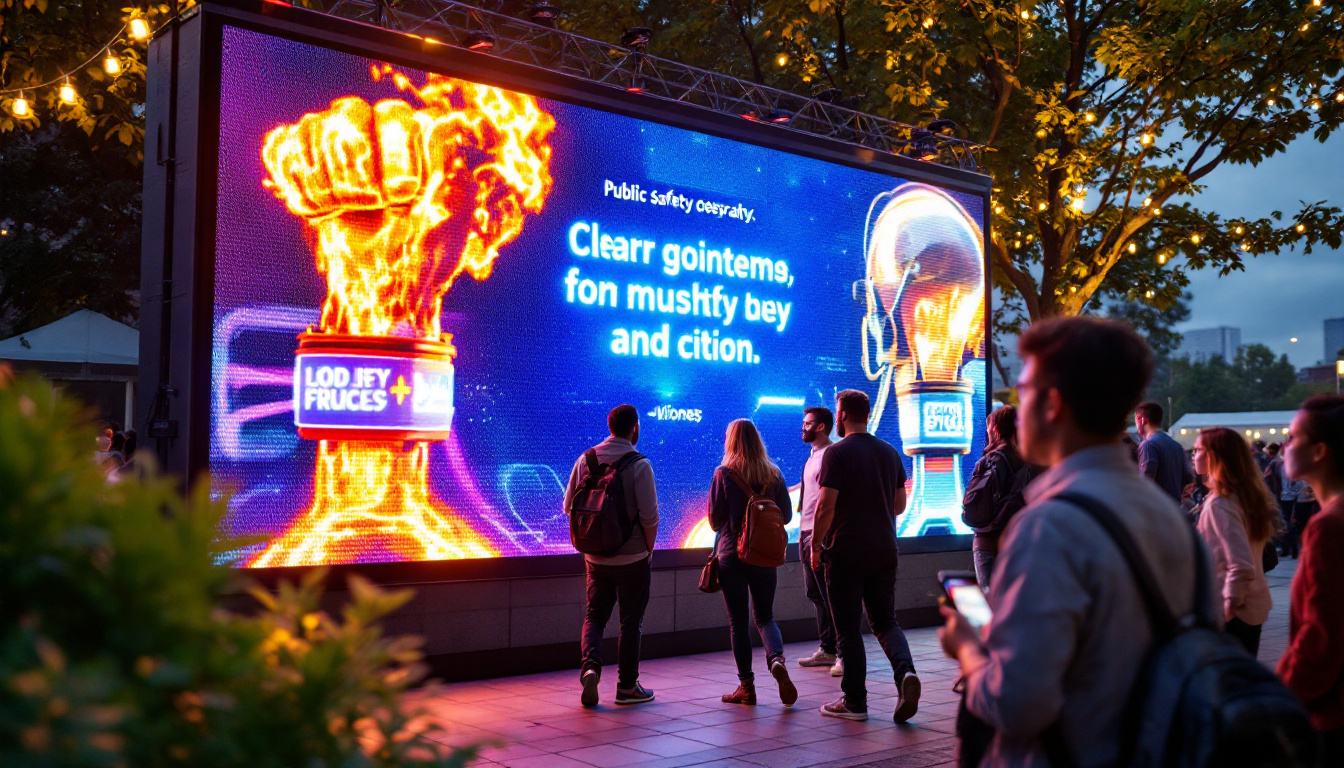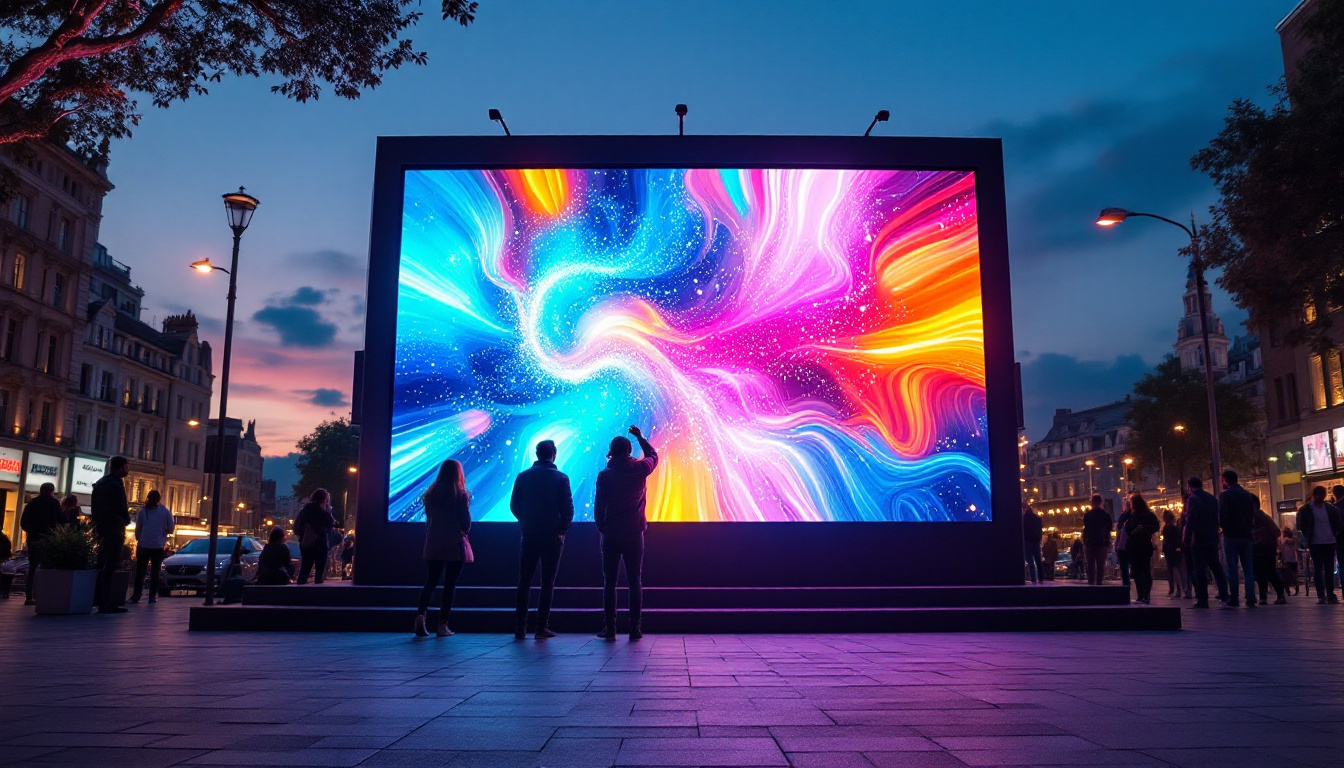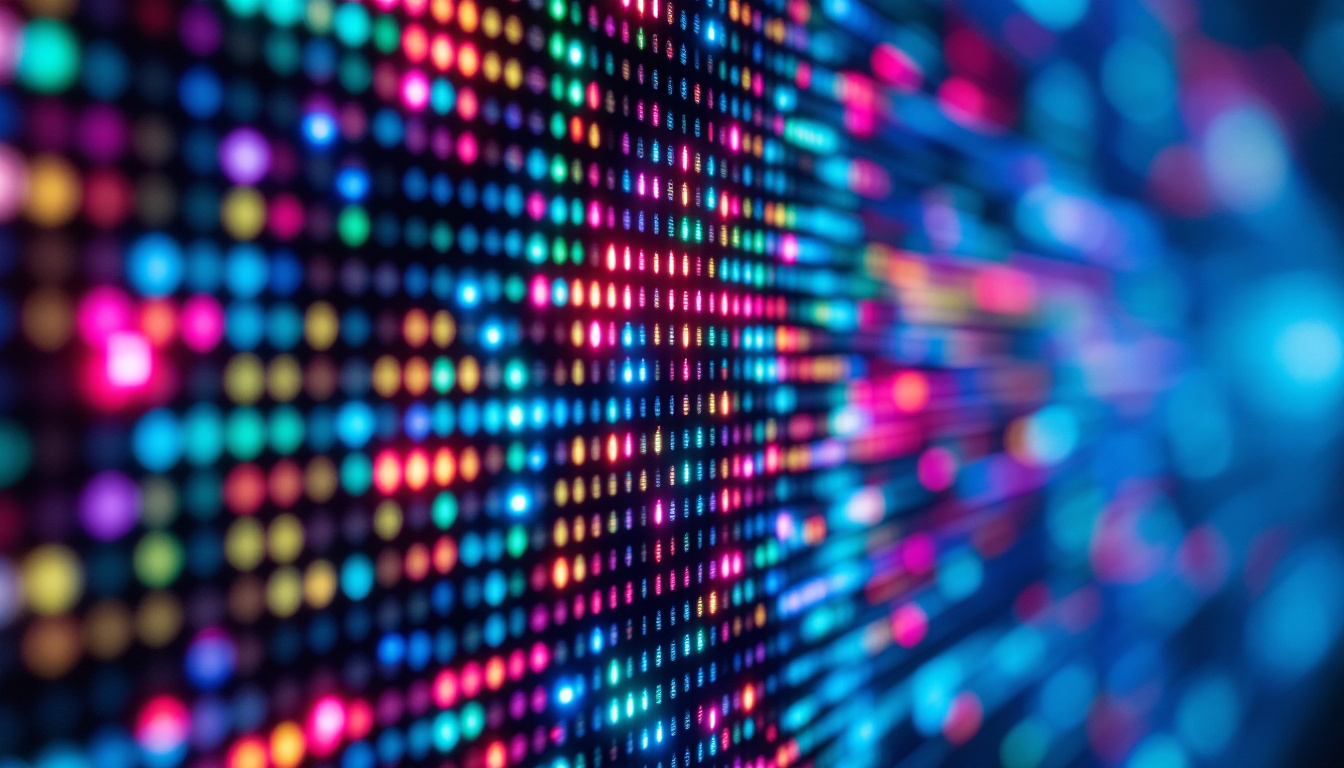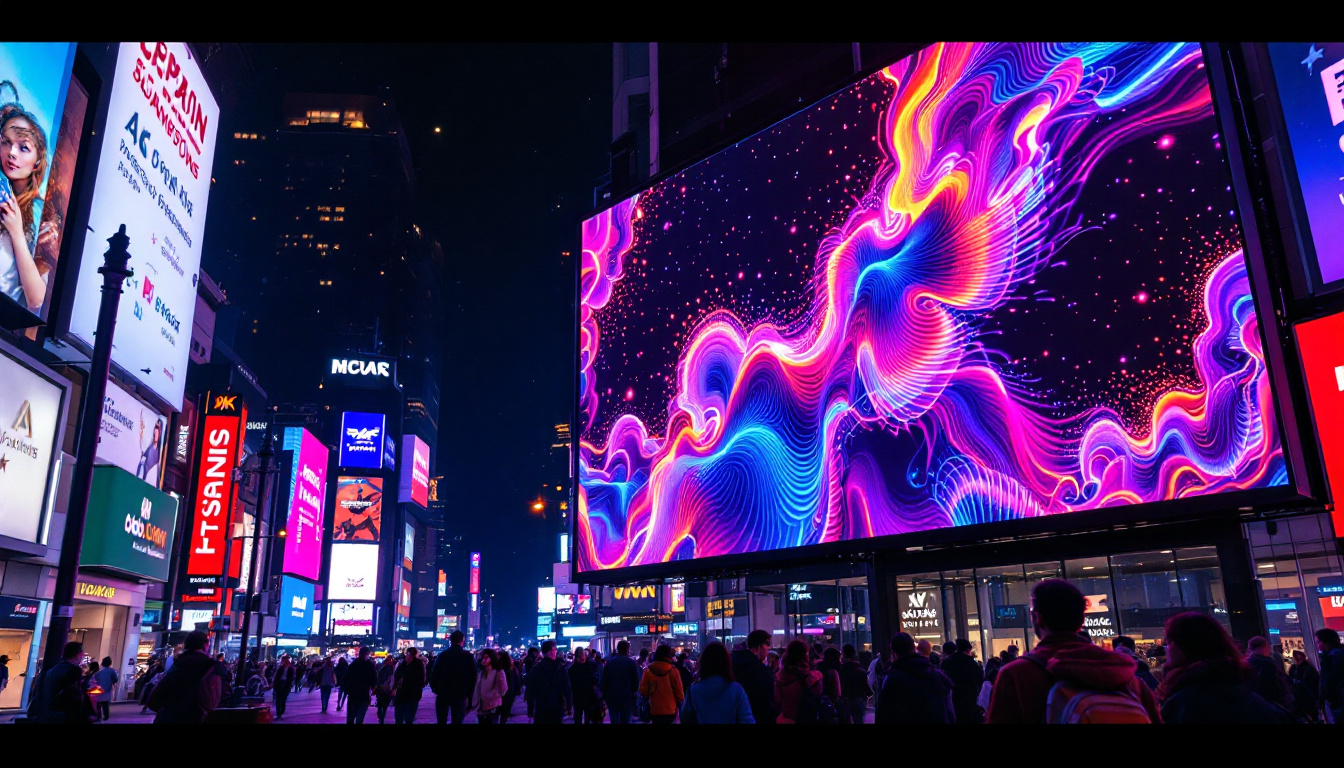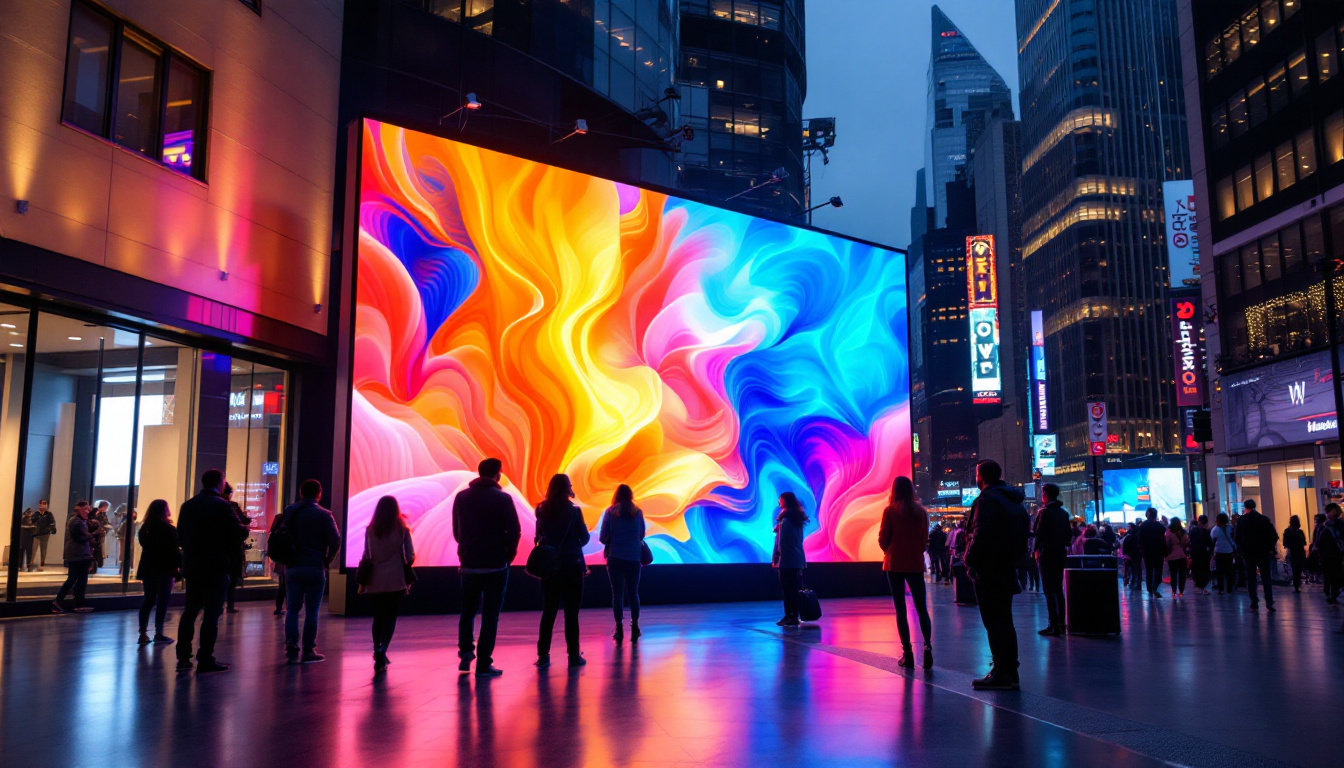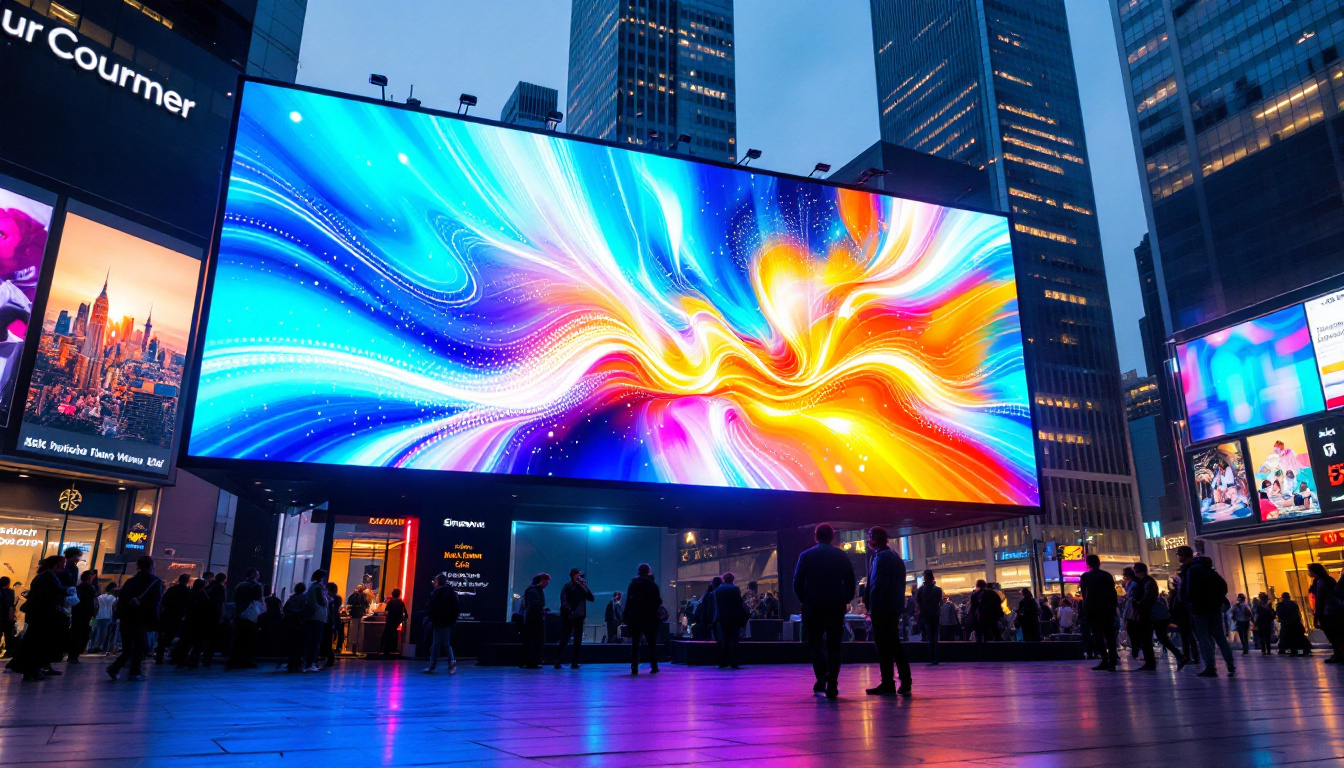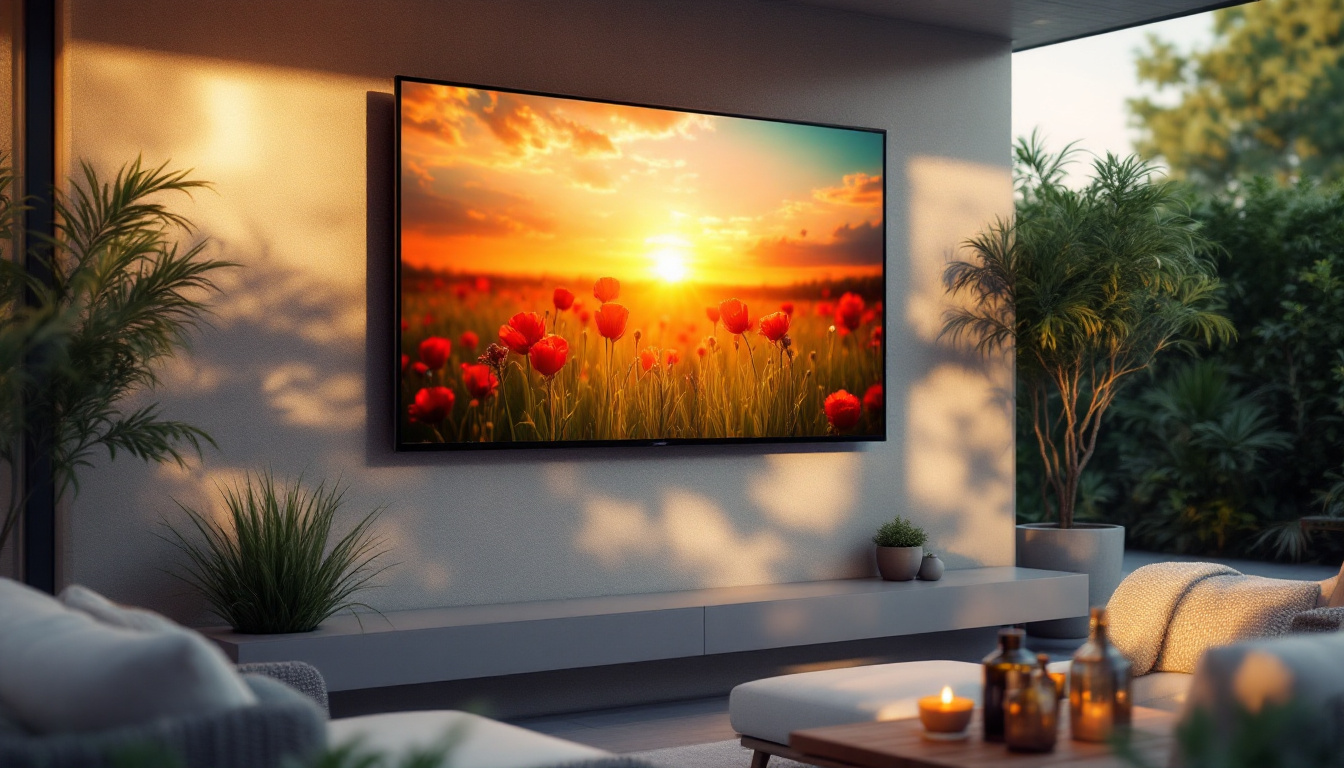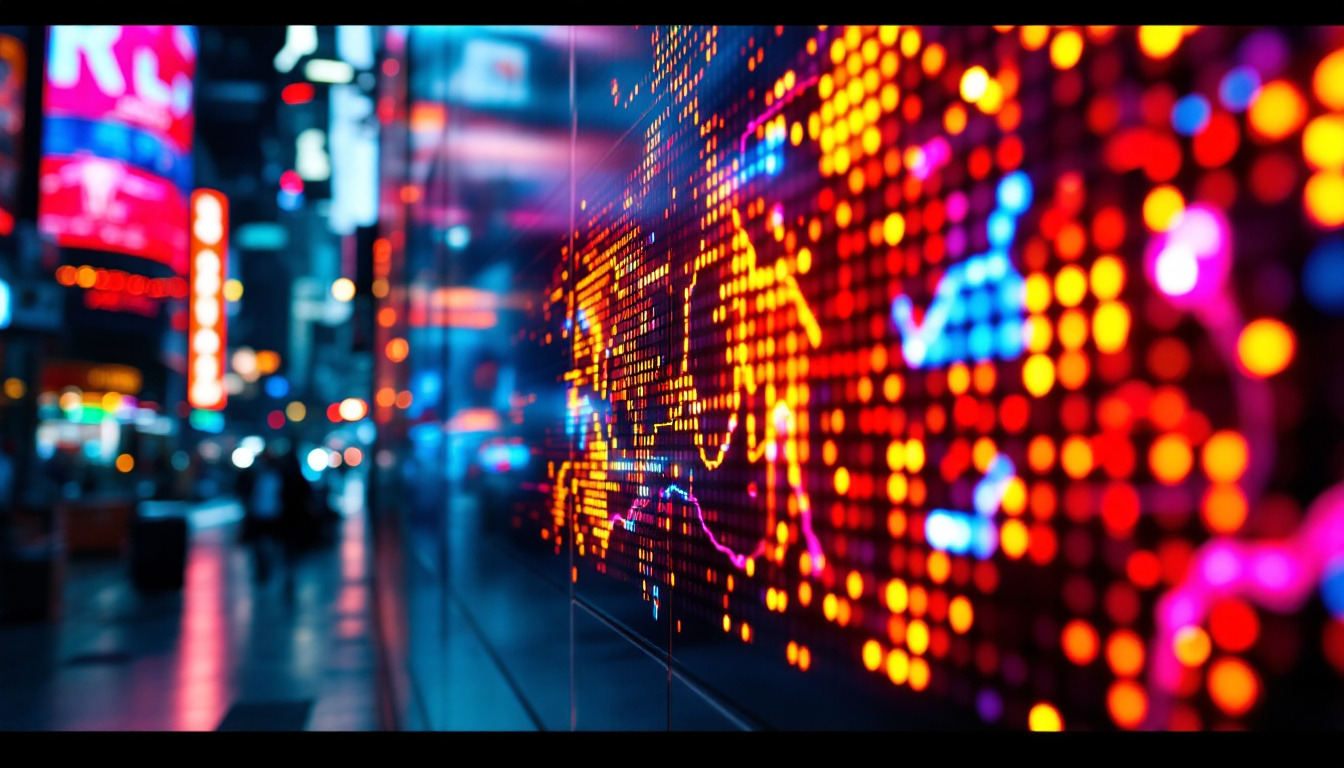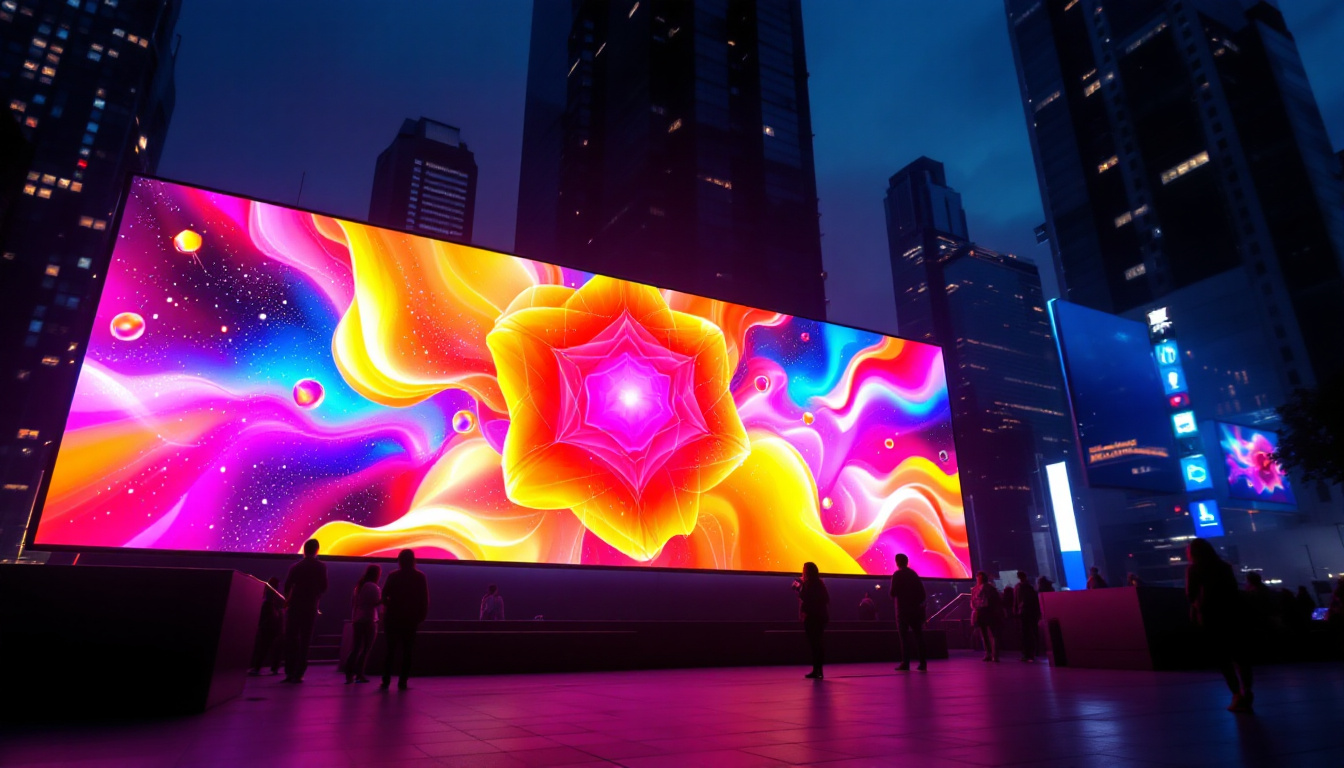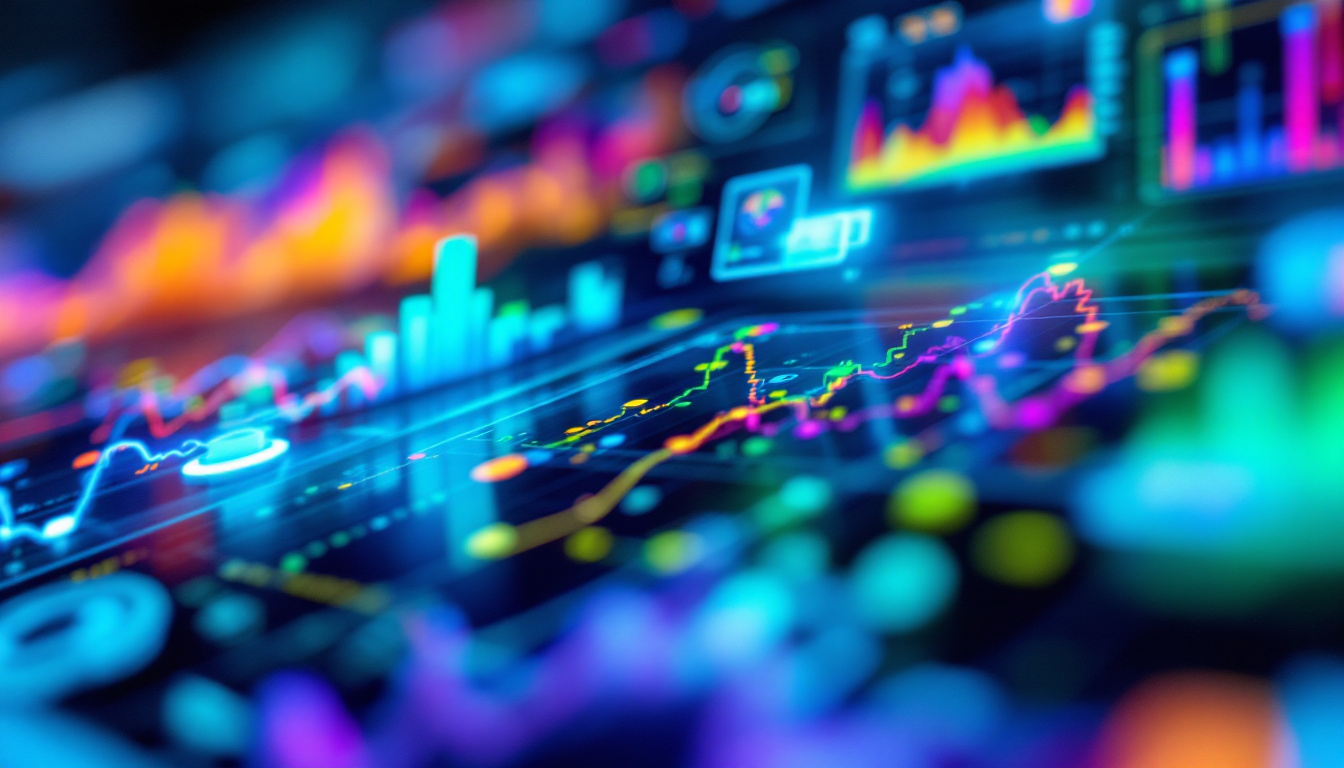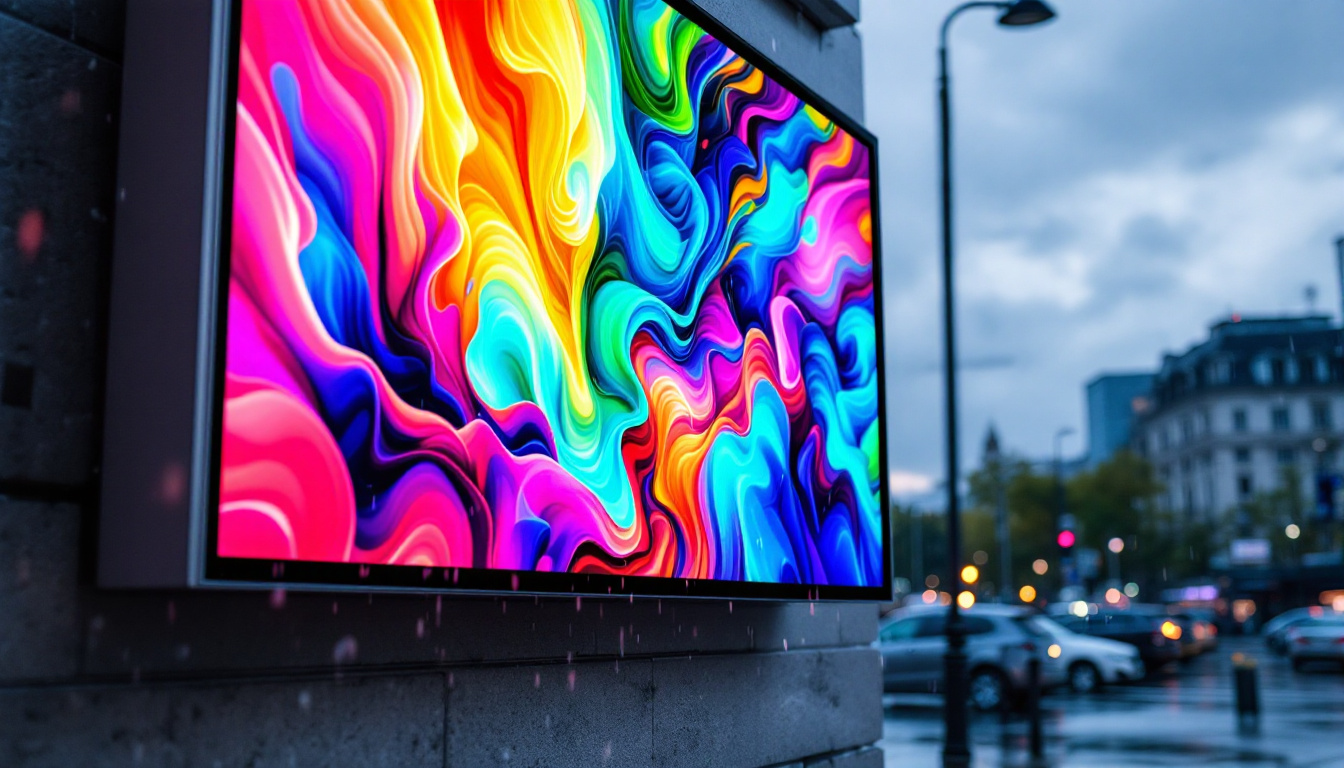In the world of modern technology, LED displays have emerged as a cornerstone of visual communication. From billboards to televisions, these displays are everywhere, offering vibrant colors and exceptional clarity. This article delves into the intricacies of LED displays, exploring their technology, applications, and benefits.
Understanding LED Technology
Light Emitting Diodes (LEDs) are semiconductor devices that emit light when an electric current passes through them. This fundamental principle is at the heart of LED display technology, which utilizes clusters of these diodes to create images and videos. The efficiency and longevity of LEDs have revolutionized the lighting and display industries, making them a preferred choice for everything from household lighting to large-scale advertising displays.
The Basics of LED Functionality
LEDs work by electroluminescence, a process where the electrons in the semiconductor material recombine with holes, releasing energy in the form of light. The color of the light emitted depends on the materials used in the semiconductor. By combining red, green, and blue LEDs, a full spectrum of colors can be produced, allowing for the creation of detailed images. This color mixing capability is not just a technical marvel; it also opens up creative possibilities for artists and designers, enabling them to craft visually stunning displays that can captivate audiences.
In an LED display, each pixel is made up of these three primary colors. By adjusting the intensity of each color, a wide range of colors can be generated. This ability to mix colors is what makes LED displays so versatile and appealing for various applications. Furthermore, the rapid response time of LEDs allows for dynamic content to be displayed with remarkable clarity and vibrancy, making them ideal for video applications in both entertainment and advertising.
Types of LED Displays
There are several types of LED displays, each designed for specific applications and environments. The most common types include:
- Direct View LED: These displays consist of individual LEDs arranged in a grid to form images. They are often used in large outdoor screens and digital billboards, where their brightness and visibility in daylight conditions make them particularly effective.
- LED Backlit LCD: In this setup, an LCD screen is illuminated from behind by LEDs. This type is commonly found in televisions and computer monitors, providing enhanced color accuracy and energy efficiency compared to traditional fluorescent backlighting.
- Organic LED (OLED): OLED technology uses organic compounds to emit light, allowing for thinner displays and better contrast ratios. These are popular in high-end televisions and mobile devices, where their ability to produce deep blacks and vibrant colors significantly enhances the viewing experience.
In addition to these common types, there are also specialized LED displays designed for niche markets. For instance, flexible LED displays can be bent and shaped to fit unconventional spaces, making them ideal for creative installations in art galleries or retail environments. Furthermore, transparent LED displays are gaining traction, allowing for innovative advertising solutions that do not obstruct views, thus merging functionality with aesthetic appeal. As technology continues to evolve, we can expect to see even more advancements in LED display capabilities, further expanding their applications across various industries.
Applications of LED Displays
The versatility of LED displays allows them to be utilized in a wide range of applications. From advertising to entertainment, their impact is significant.
Advertising and Marketing
One of the most prominent uses of LED displays is in advertising. Digital billboards and signage can capture attention with bright colors and dynamic content. Advertisers can easily update their messages in real-time, making it possible to tailor promotions to specific audiences or events.
Moreover, the high visibility of LED displays, even in bright sunlight, ensures that advertisements reach a wider audience. This has made them a preferred choice for businesses looking to enhance their marketing strategies.
Entertainment and Events
In the realm of entertainment, LED displays have transformed the way audiences experience concerts, sports events, and theatrical performances. Large LED screens are often used to broadcast live events, providing spectators with a closer view of the action.
Additionally, LED technology is integral to stage design, allowing for stunning visual effects that enhance the overall experience. The ability to create vibrant, dynamic visuals has made LED displays a staple in the entertainment industry.
Public Information and Transportation
LED displays are also widely used in public information systems. Transportation hubs, such as airports and train stations, utilize LED screens to display real-time information about arrivals, departures, and delays. This ensures that travelers have access to up-to-date information, improving the overall efficiency of transportation systems.
Furthermore, LED displays are employed in various public spaces to convey important messages, such as emergency alerts or community announcements. Their visibility and clarity make them an effective medium for communication.
Advantages of LED Displays
The popularity of LED displays can be attributed to their numerous advantages over traditional display technologies. Understanding these benefits can help businesses and consumers make informed decisions.
Energy Efficiency
One of the most significant advantages of LED displays is their energy efficiency. Compared to traditional incandescent or fluorescent displays, LEDs consume considerably less power. This not only reduces operational costs but also minimizes the environmental impact, making them a more sustainable choice.
With advancements in technology, manufacturers are continually improving the energy efficiency of LED displays, making them an even more attractive option for businesses and consumers alike.
Longevity and Durability
LED displays are known for their longevity. Unlike traditional displays, which may require frequent replacements, LEDs have a lifespan that can exceed 50,000 hours. This durability translates to lower maintenance costs and less frequent need for replacements.
Additionally, LED displays are more resistant to shocks and vibrations, making them suitable for outdoor environments and high-traffic areas. This robustness ensures that they can withstand the rigors of daily use without compromising performance.
High-Quality Visuals
The visual quality of LED displays is another compelling advantage. With high brightness levels, excellent contrast ratios, and wide viewing angles, LED displays provide stunning visuals that captivate audiences. This quality is particularly important in applications where clarity and detail are essential, such as in advertising and entertainment.
Furthermore, advancements in technology have led to the development of high-resolution LED displays, allowing for even more detailed images and videos. This has opened up new possibilities for creative expression in various industries.
Challenges and Considerations
While LED displays offer numerous benefits, there are also challenges and considerations that potential users should be aware of. Understanding these factors can help in making informed decisions.
Initial Costs
One of the primary challenges associated with LED displays is their initial cost. While prices have decreased over the years, high-quality LED displays can still represent a significant investment. Businesses must weigh the upfront costs against the long-term savings and benefits that LED technology provides.
However, it is essential to consider the total cost of ownership, which includes maintenance, energy savings, and the longevity of the display. Often, the long-term benefits outweigh the initial investment, making LED displays a cost-effective choice over time.
Installation and Maintenance
Installing LED displays can be a complex process, especially for large installations. Proper planning and expertise are required to ensure that the display is set up correctly and functions optimally. This may necessitate hiring specialized professionals, adding to the overall cost.
Maintenance is another consideration. While LED displays are generally low-maintenance, they still require periodic checks and cleaning to ensure optimal performance. Users should be prepared for these ongoing responsibilities to maintain the quality of their displays.
The Future of LED Displays
The future of LED displays looks promising, with continuous advancements in technology paving the way for even more innovative applications. As the demand for high-quality visuals grows, manufacturers are exploring new materials and techniques to enhance display performance.
Emerging Technologies
One area of innovation is the development of microLED technology. MicroLED displays consist of tiny, individual LEDs that can create stunning visuals with even greater efficiency and flexibility. This technology has the potential to revolutionize the display industry by enabling ultra-thin, lightweight displays that can be used in a variety of applications.
Additionally, advancements in flexible LED technology are allowing for displays that can bend and conform to different shapes. This opens up exciting possibilities for creative design in advertising, architecture, and consumer electronics.
Integration with Smart Technology
As smart technology continues to evolve, LED displays are increasingly being integrated into smart systems. This includes features such as remote control, real-time content updates, and interactive capabilities. Such integration enhances the user experience and provides businesses with more dynamic ways to engage with their audiences.
Furthermore, the rise of the Internet of Things (IoT) is creating opportunities for LED displays to connect with other devices, enabling more personalized and targeted content delivery. This trend is expected to shape the future of advertising and communication.
Conclusion
LED displays have transformed the landscape of visual communication, offering vibrant colors, energy efficiency, and exceptional durability. Their applications span various industries, from advertising to public information, making them an invaluable tool for businesses and organizations.
While there are challenges to consider, the numerous advantages of LED displays often outweigh the drawbacks. As technology continues to advance, the future of LED displays promises even more innovative solutions that will further enhance their impact on our daily lives.
In a world where visual engagement is paramount, understanding the intricacies of LED displays is essential for anyone looking to leverage this technology effectively. Embracing the potential of LED displays can lead to enhanced communication, improved marketing strategies, and a more vibrant visual experience.
Explore Cutting-Edge LED Displays with LumenMatrix
Ready to elevate your visual communication with the latest in LED display technology? LumenMatrix is at the forefront of innovation, offering a diverse range of LED display solutions tailored to meet your needs. Whether you’re looking for Indoor LED Wall Displays, Outdoor LED Wall Displays, or specialized options like Vehicle LED Displays, LED Sports Displays, and even Custom LED Displays, LumenMatrix has the expertise to bring your vision to life. Experience the difference that state-of-the-art LED displays can make in engaging your audience and enhancing your brand’s visibility. Check out LumenMatrix LED Display Solutions today and step into the future of vibrant and impactful visual communication.

